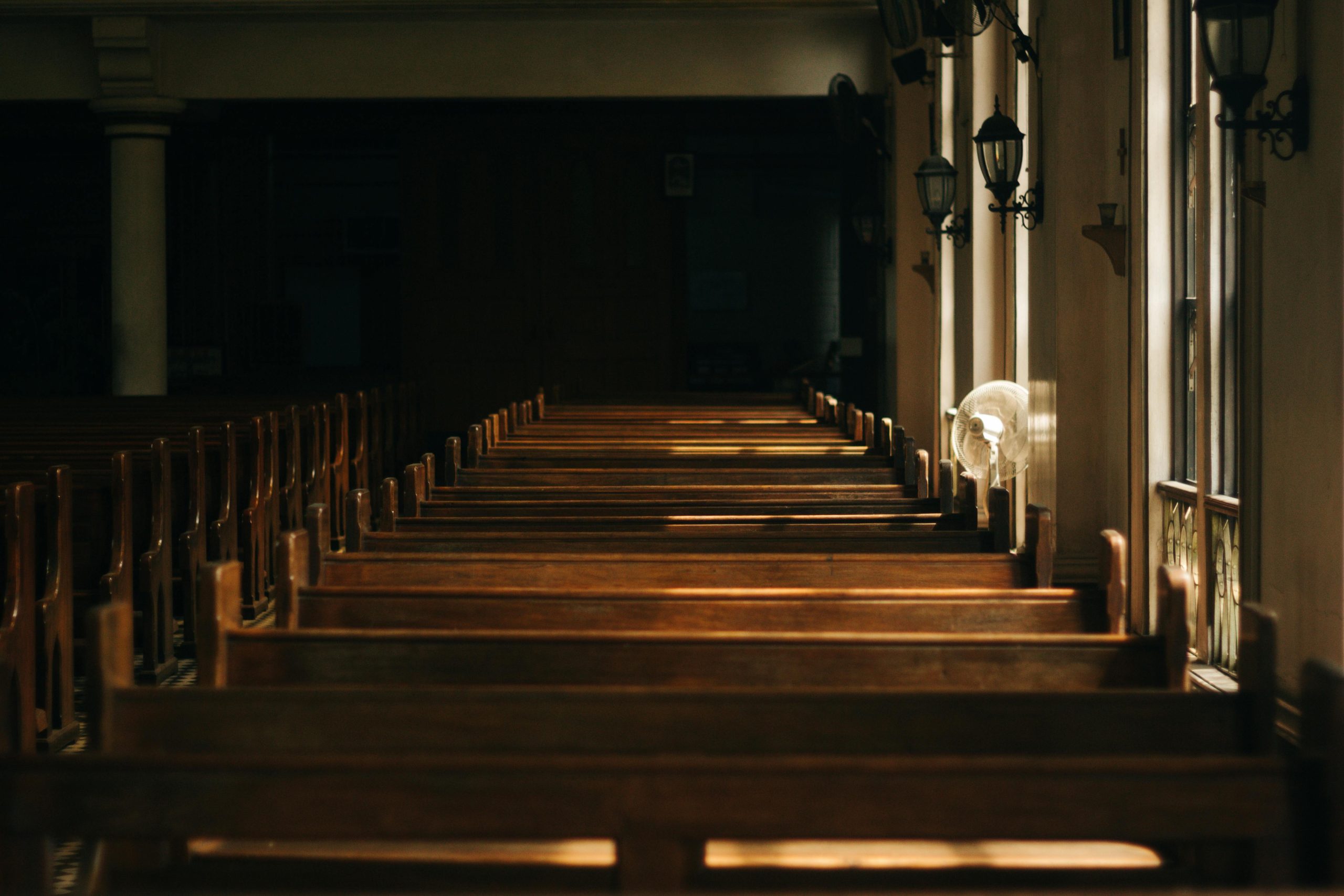
Initially, these congregations were under the C.C.A.P. Nkhoma Presbytery in Malawi. In 1956, when the Nkhoma Presbytery became a synod, the Salisbury (Harare) Presbytery became part of its jurisdiction. On May 1, 1965, the Salisbury Presbytery was elevated to the C.C.A.P. Harare Synod, marking its place as the fourth synod in Central Africa (Cronje, 1982:112; Daneel, 1982:20).Today, the C.C.A.P. Harare Synod continues to build on this rich legacy, serving its congregations and the broader community with dedication and faithfulness.
